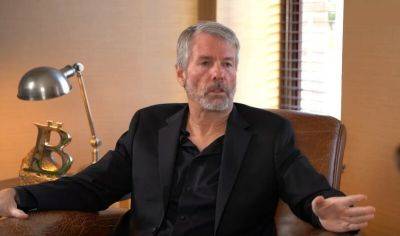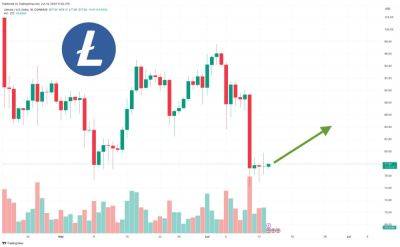Thousands of Amazon staffers are pouring into its Seattle offices. Will it restore the downtown’s fortunes?
Tony Wang was beaming.
Sales at Yumbit, the lunchtime food truck he works at in downtown Seattle, had been doing well in recent days, so much so they may need more staff.
Wang’s truck is located on the corner of 6th Avenue and Lenora Street, the shiny heart of what some here playfully call “Amazonia”, after Amazon, the largest employer in the downtown area. And the extra customers that he and similar outlets are scrambling to serve are some of the 55,000 employees Amazon ordered to return to the office to work at least three days a week starting in May.
“It’s been a 20 to 30% increase with people coming back to work,” Wang said about sales at the truck. “It’s made a big difference.”
Nearly three years after the pandemic shut down much of downtown Seattle, Amazon’s move was eyed intensely in the city. CEO Andy Jassy told staff in February he hoped their return could be a “boost for the thousands of businesses located around our urban headquarter locations”.
It’s a hope the city’s mayor, Bruce Harrell, shared days later in his state of the city address: “I’m very pleased employers like Amazon recently announced and recognise that coming back to work downtown is a great thing.”
It’s been several challenging years for Seattle, parts of which have struggled for decades with problems including drugs, the great recession and homelessness.
The pandemic posed new challenges. Without the thousands of office workers pouring into high rises each weekday, once busy streets in the city’s downtown became empty. Stores had few customers; millions of dollars in potential sales taxes were lost. The buzz and bustle associated with a large group of commuters disappeared. In parts of the city, reports of crime increased as well. Seattle’s sales tax
Read more on theguardian.com


 theguardian.com
theguardian.com


















